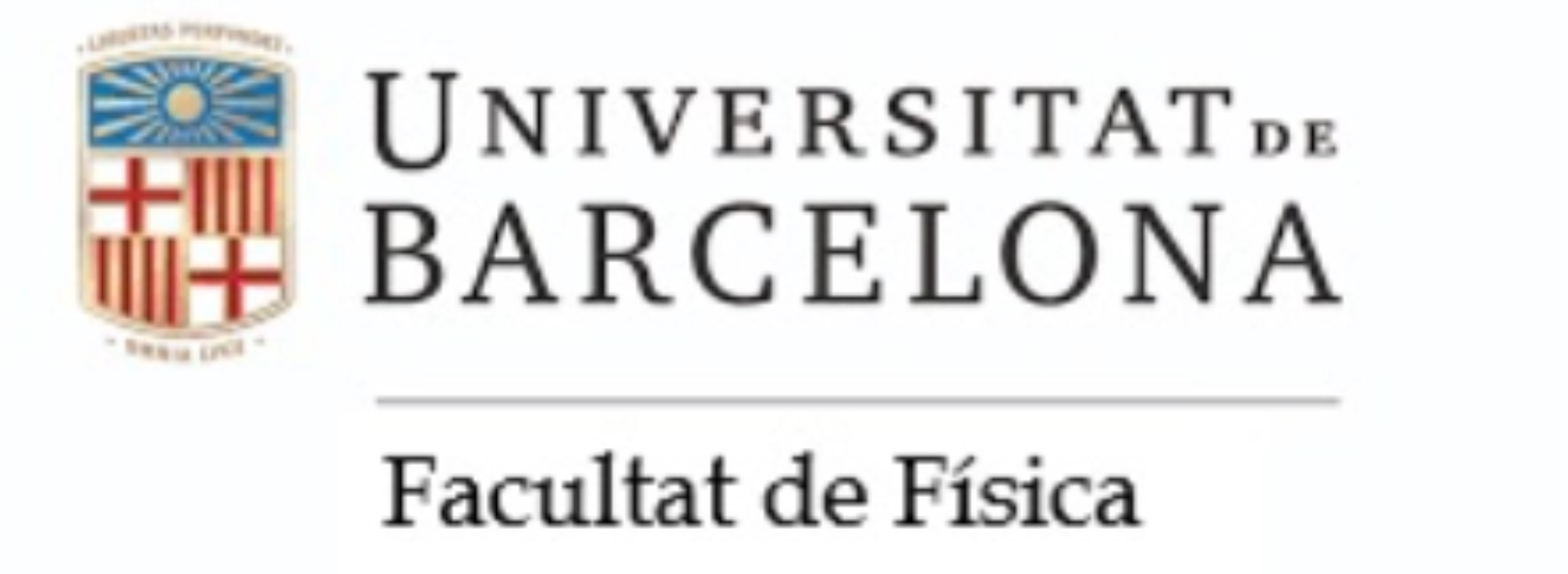
When we slowly shear a liquid, the local fluid velocity is proportional to the local force. This flow is possible because the molecules in a liquid are not ordered. Crystals are instead ordered and therefore do not flow at small stress, but deform elastically until the stress is large enough to cause plastic or irreversible flow that is usually localized on shear bands. At even larger stresses the flow can become laminar because of shear melting. Simulations of two-dimensional vortex crystals at low temperature now show that laminar flow can occur without melting: the crystal retains most of its ordered structure. This process is made possible by a suitable arrangement of topological defects in the lattice such as disclinations (a particle with five or seven neighbours) and dislocations (a pair of adjacent five-seven disclinations). As shown in the figure disclinations (shaded cells) migrate in the interior of the disk while dislocations (pairs of dots) form radial walls or scars.
Similar scars were observed in crystals arranged on curved surfaces, yielding an intriguing analogy between a sheared crystal in flat space and an equilibrium crystal in curved space.
References:
M.C. Miguel, A. Mughal & S. Zapperi
Phys. Rev. Lett. 106 , 245501 (2011).
M.C. Miguel & S. Zapperi
Nature Mater. 2, 477 (2003).
In collaboration with
- Adil Mughal
- Stefano Zapperi
